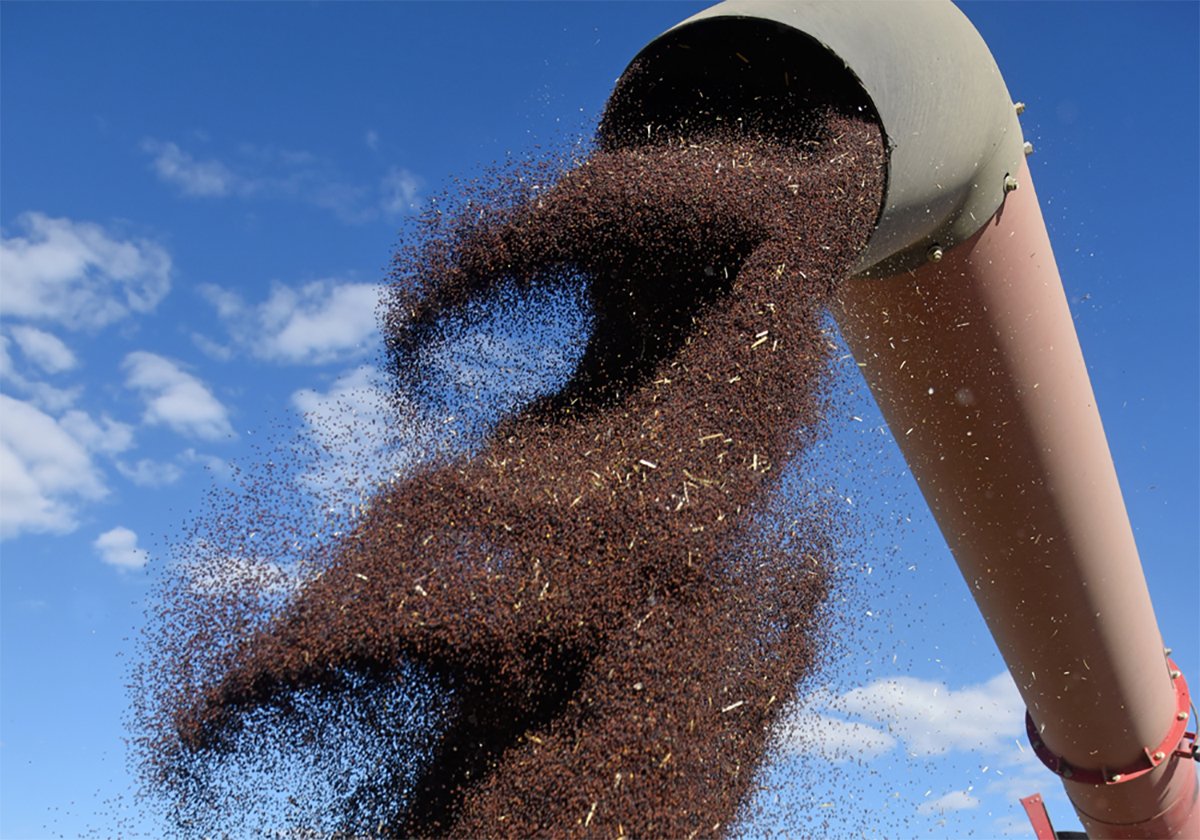Regulations aimed at increasing the flow of grain to market are having their intended effect, according to the federally appointed monitor of the western Canadian grain handling and transportation system.
West coast terminals set an all-time record for weekly grain car unloads in early May, said Mark Hemmes, president of Quorum Corp.
“In Week 39 … total west coast unloads were 6,740,” Hemmes told members of the Senate agriculture committee in Ottawa last week.
“That is the best week we’ve ever seen, in history, on the West Coast.”
Read Also

Ag minister says tariff situation with China is fragile, volatile
Agriculture ministers from across Canada said they heard canola producers’ concerns about tariffs but it seems unlikely they can do much about them.
Hemmes said shipments of western Canadian grain have increased significantly since early March, when Ottawa imposed an order requiring the country’s major railway companies to move one million tonnes of grain per week or face fines as high as $100,000 per day.
“I think it’s important to note that in the period since the imposition of the order in council … we’ve seen a significant turnaround,” he said.
“There is no doubt that the order in council has made a difference in the railways’ approach to movement of grain.”
Hemmes was among a handful of witnesses who spoke to the Senate agriculture committee during deliberations over Bill C-30, the Fair Rail for Grain Farmers Act.
Barring unexpected delays, the emergency legislation is expected to receive royal assent before the end of the month.
The bill is expected to clear the way for the inclusion of reciprocal financial penalties in negotiated or arbitrated service level agreements between railways and grain shippers.
It could also see the scope of the federal grain monitoring program expanded to include the collection of data on grain deliveries to domestic buyers, U.S. destinations and other rail corridors that are currently unregulated.
The legislation would also give Ottawa the ability to establish weekly tonnage targets, requiring Canada’s two largest railway companies, Canadian National Railway and Canadian Pacific Railway, to haul a certain amount of grain each week.
After a normal start to shipping in the 2013-14 crop year, rail deliveries of prairie grain to the West Coast, Thunder Bay and North American destinations dropped off drastically from normal levels.
Grain stocks in the country elevator system did not fall below 95 percent of the working capacity between early October and early March, Hemmes told the committee.
“For all intents and purposes, the elevator system was full for that entire period,” he said.
Conversely, port terminals were experiencing the opposite situation, he added, with inventories at historically low levels.
As a result, the number of ships anchored at port and waiting to be loaded reached an all-time high in early 2014.
Hemmes said vessel lineups at west coast ports are still higher than normal but have dropped significantly.
Twenty-four vessels are waiting to be loaded in Vancouver and seven in Prince Rupert, which is down from 38 in Vancouver and 17 in Prince Rupert earlier this year.
Record or near-record unloads at west coast terminals over the past few weeks or more have helped to put total west coast shipments for the 2013-14 crop year back on pace with 2012-13.
Through Week 39, which ended May 4, overall shipments of western Canadian grain through regulated grain corridors are still three percent lower than last year, largely because of lower year-to-date grain car unloads at Thunder Bay.
Some areas are still experiencing delays and some smaller shippers have been adversely affected by the order.















